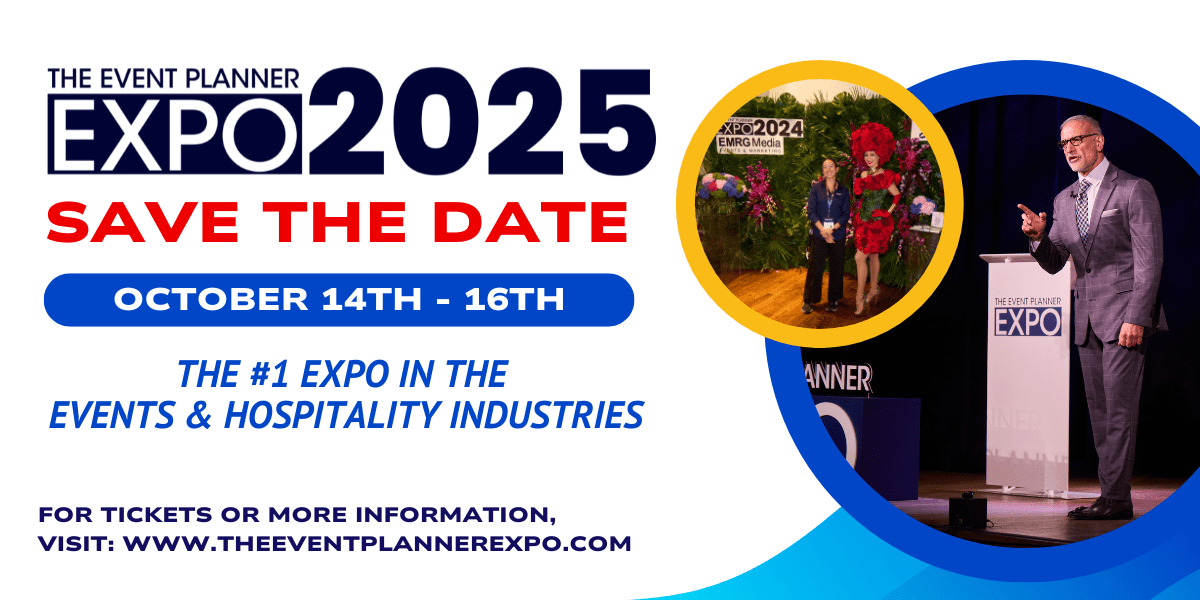Creating engaging and enticing content for your event planner website, ad campaigns, email marketing, newsletters, and blogs is essential. And we’ve shared insights about what constitutes an effective content creation strategy before. But what about meta descriptions?
A pillar component of your event planning blog is the meta description. It’s important for a number of reasons, and creating a concise and compelling meta will improve your online engagement in a big way. But if you’re not using your meta description to your blogging advantage, you could be at a disadvantage. Here’s what every blogging event planner needs to know about meta descriptions, including insights about creating amazing content every time.
1. What Purpose Does the Meta Description Serve?
First, it’s important to understand what the meta description is, along with the purpose it serves. The meta description is the HTML tag you can assign to your post or page. In it, you’ll capture a general statement describing what the blog is about or its intended topic. With any luck, your meta description will display beneath your link in a Google search, thus a tiny sales pitch for browsers to click.
2. Why Does Your Blog Need One?
The primary purpose and goal of a meta description is to get a browsing viewer to opt-in and click your link. It’s the click-throughs you’ll value most. That being said, it’s important to also note that search engines might tell you there is no direct SEO benefit from generating a captivating meta description. And the truth is, your event planner blog meta content isn’t used in the online ranking algorithms. However, click-through rates DO count, and it’s the meta description that convinces readers to keep clicking. Your blog posts need meta descriptions for this reason. Optimizing your titles and enticing click-throughs does matter.
3. The Ideal Format
There are various camps describing just how to go about writing, structuring, and formatting your meta descriptions. However, there are a few meta strategies that most SEO experts and marketers can agree upon, including the ideal length of a meta description being around 155 characters. There is no such thing as a right or wrong meta. However, there are caveats that impact the effectiveness of what you create. Consider these formatting best practices when writing yours.
- Generally, meta description lengths should be within 120 to 156 characters.
- Keep the voice active (not passive), and be liberal with action words.
- Use your focus keyword within your meta description at least once.
- Be sure to include a direct CTA or entice the reader to click to read more.
- Make sure your blog’s meta description matches the content in the blog itself.
4. How to Make Yours Unique and Effective
There are meta description generators out there but avoid those. Your meta should be unique, thrilling, and interest-piquing for readers. This is a brief window into what juicy secrets or stories you share in the blog content. And creating unique meta descriptions will separate your results from generic, bland, or auto-generated text. Get creative and conversational, so you can inspire more readers to keep clicking.
If you’re not getting the click-through results you need for your event planner blog, maybe revisit your strategy for writing meta descriptions. Consider these insights for developing yours.
























